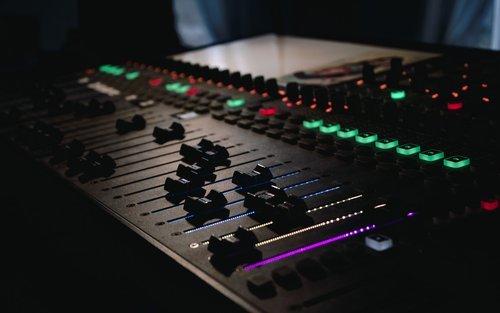Upgrading Worship Technology: An Interview with Todd Stout from Church of the Advent Hope
Best Practices for Adventist Worship (BP): Your congregation, Church of the Advent Hope, did a few major worship technology upgrades in the past few years, including those necessitated by the pandemic and remote worship. What do you know now that you wish you’d known before contacting a worship technology company?
Todd Stout (TS): A couple things stand out. First, it’s difficult to overstate the importance of involving everyone who uses or will use the technology in the upgrade planning process. The earlier input is received the more actionable it is. Knowing as much as possible about what’s needed before contacting a technology company will save everyone valuable time. And feedback on the plan prior to installation will save both time and money. There are companies that specialize in working with churches. But no two churches are alike. The more you can tell the company about what exactly you do and need the better. Second, I wish we had developed a comprehensive technology plan prior to any upgrades so that necessary quick fixes would be compatible with longterm or additional upgrades.
BP: I’m reminded of Benjamin Franklin’s adage, “An ounce of prevention is worth a pound of cure.” Maybe in this case, it’s more like an ounce of input is worth a pound of feedback or an ounce of planning is worth a pound of repair. These aren’t as pithy. But in any case, are there tech upgrades that you might do differently in hindsight?
TS: Well, to continue with aphorisms that involve the word “pound”—in this case, as a unit of money—I would have avoided being pennywise and pound foolish. A less expensive solution that needs to be fixed frequently ends up costing more over time—in dollars, time, and headaches. It’s impossible to entirely avoid errors, but I’ve grown in my appreciation for trying to do things right the first time when it comes to any ministry resource purchase, including technology.
BP: Which one technology upgrade have you found most helpful? If it’s too challenging to pick just one, what’s the short list?
TS: I would say either our Dante audio network or our permanently installed PTZ cameras have been most helpful and for the same reason. Neither upgrade so much allowed us to do something entirely new as it enabled us to do what we were already doing much more easily. As a result, our technology became easier to use properly, less noticeable, and, thus, more effective.
BP: Great technology is like a clean window; you see through it to what’s on the other side. Inadequate or poorly utilized technology is like a dirty window; you see the window. How do you think differently about the use of emerging technology in worship gatherings than you might for other events?
TS: I think the key in worship gatherings is that technology supports the interaction and contribution of all participants in one way or another, which facilitates the experience of communion with God and community with one another. It is less important to highlight central leaders or facilitators, although that is often helpful. All our local worship gatherings are still, for example, hybrid and have online participants. It’s essential that these participants can not only see those of us on the platform but that we can see them and they can contribute and facilitate, too. One-way media may be effective for communication but only interactive media can be used to cultivate true community.

